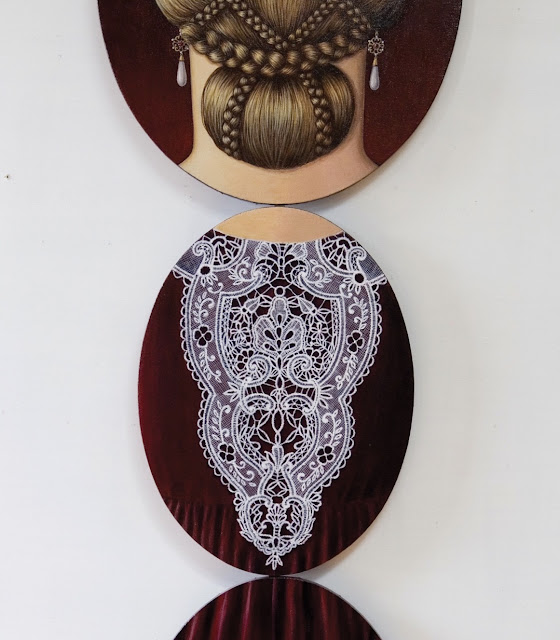Today’s blog post brings news I’ve been remiss about sharing earlier: the group exhibition, THINKING OF PLACE II, originally conceived for the international print symposium IMPACT 10 in Santander, Spain in 2018, is currently on exhibit at Northsite Contemporary Arts in Cairns, Far North Queensland. The show opened in September and continues to November 7.
Introduction
Although many of us envisage a physical geographical location when thinking of place, it’s more often than not a complex synthesis of feelings and memories that ultimately defines our relationship to a place. Printmaking artist and academic Monika Lukowska argues that notions of place are inseparable from the human experience, referencing geographer Yi-Fu Tuan’s theory of “topophilia” whereby place only comes into existence when meaning is attached to a certain location resulting from time spent between the person and the space (2018). The exhibition Thinking of Place II is an impressive cultural exchange project where over 60 artists from 9 printmaking collectives across 5 countries have been invited to make works exploring questions of place. Artists were encouraged to reflect on the relationship between place, memory and time, using a range of traditional and contemporary printmaking processes and techniques, resulting in a rich and engaging conversation, as diverse in perspectives as in the collection’s visual presentation.
Background to the project
Thinking of Place was initially conceived as a cultural exchange project between five artist groups from New Zealand and Australia. Members of each group had met at the IMPACT 8 Conference in Dundee, Scotland, instantly striking a lasting friendship and giving birth to a trans Tasman collaborative print project. After a successful first edition of the exchange, which was exhibited in each of the host cities, the organisers decided to continue the momentum with a second iteration of the project to be exhibited at IMPACT 10. In the spirit of the printmaking community, which is marked by a distinctly inclusive, collaborative approach, the project expanded to include four more groups from Canada, Ireland and the UK. Whether a group is based on a shared geographical location or print studio, each one is committed to advancing printmaking and supporting artists working in print-based media. Collaborative projects such as Thinking of Place give printmakers the opportunity to not only exhibit their work on the international stage but to foster professional and personal connections across the printmaking community, globally. Participating artists have been selected by each group either by invitation or open call.
Read on HERE.






















